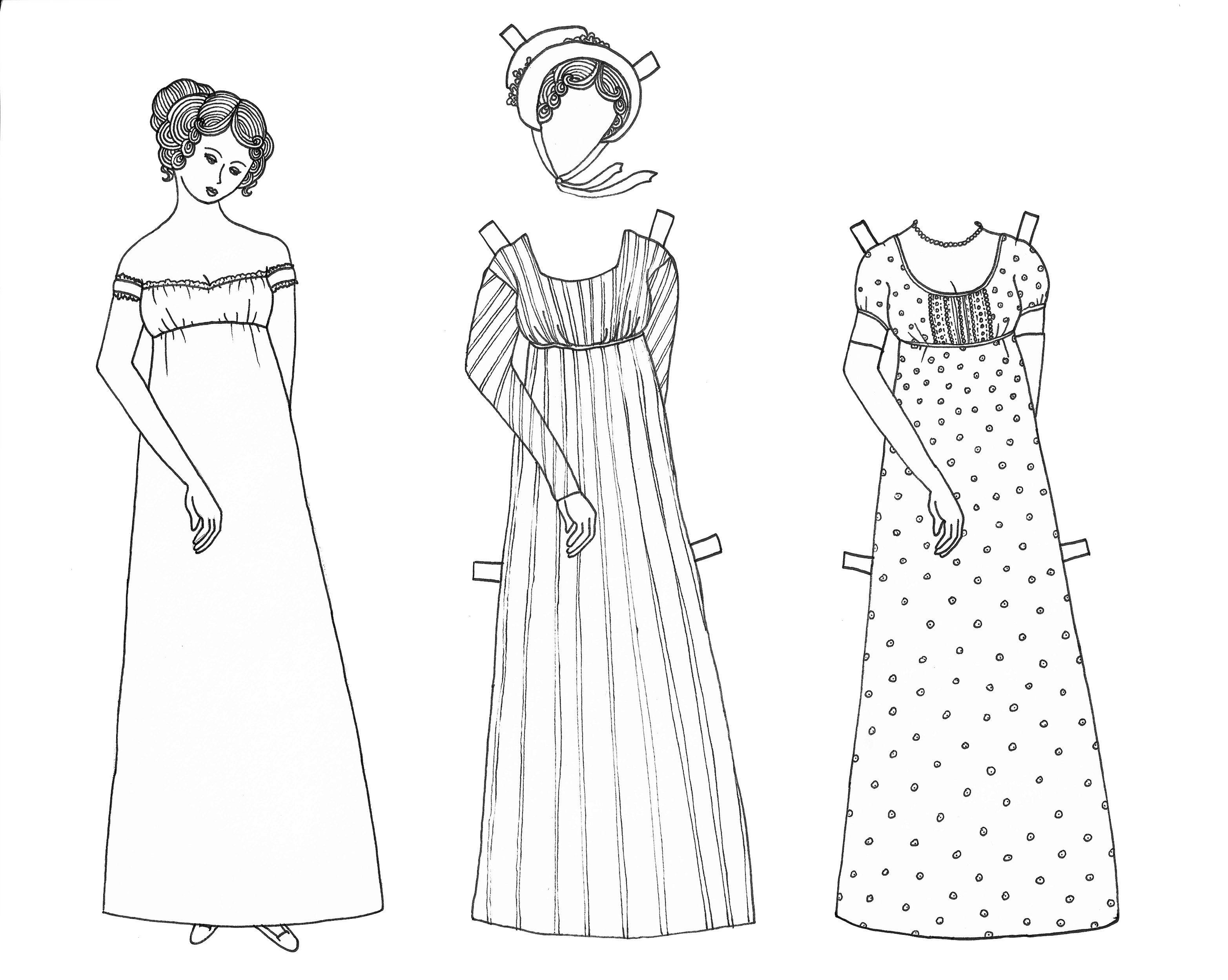With campus life comes an endless stream of invitations to picnics, dinners, dances, public lectures, coffee houses, and club nights. Such offers produce a certain predicament: what, oh what should one wear to all these wonderful events? You could choose to don the traditional garb of the hipster milieu: skinny jeans, ironic t-shirt, and perhaps a floppy hat. Or, in honour of the bicentennial anniversary of Pride and Prejudice, you could opt for the more refined garb of the Regency period.
The fashion of the Regency era, during which Jane Austen wrote her novels, is emblematic of radical changes in British society, changes largely prompted by the French Revolution. “You have this society being torn apart, and all of the ancient hierarchies were just ripped inside out,” explains Karen Millyard, founder, dance teacher, and organizer of Jane Austen Dancing. “It changed everybody’s notions of what was normal and what was possible… You had a new sense of freedom.”
Notions of the individual and of individual freedom began to creep into British society during the early ninteenth century. These new ideas had a profound influence on the fashion of the day. “These clothes [of the Regency period] are much less artificial than the ones of the previous period,” Millyard notes. “You get this shift from the highly artificial and structured, to the much less structured, much more reflective of the natural body.”
Regency fashion was not only influenced by contemporary events and innovation ideas of the self. “Western Europe was obsessed with the classical world … and many new excavations were taking place at this time,” Millyard explains. “[T]he imagination of educated people was very much influenced by this. So the clothing and hair — particularly the women’s but also, more subtly, the men’s — took on the more natural lines of … the ancient world’s draperies and tunics.”
Historical facts aside, you are sure to attract your own Miss Bennet or Mr. Darcy if you follow these guidelines to Regency fashion.
Ladies wear
Gowns: Ladies could wear either day gowns or evening gowns, both of which are floor-length. A slim silhouette that hugs the body is key, avoiding full skirts or any kind of bunching in favour of a straight skirt, with a high waistline. Sleeves are often short, but elbow- and long sleeves are also fashionable, avoiding puffiness except for possibly a slight emphasis at the shoulders. Evening gowns, however, will typically have short sleeves.
Color: Film adaptations of Jane Austen’s novels typically feature white and pastel dresses, which were indeed popular for evening events. Yet the fashion of the Regency era incorporated much more colour than we might realize. Jackets, coats, and day dresses were often brightly coloured.
Footwear: By the end of Jane Austen’s lifetime, heels were completely out of style and flat shoes, similar to today’s ballet slippers, were all the rage. These shoes were often pointed and accessorized with shoe-roses, a piece of ribbon that was fashioned into a flower and placed at the tip of the shoe. While many shoes were quite dainty and subdued, there are examples of over-the-top styles that incorporated color, patterns, pom-poms, fringe, jewels, and lace.
Hair: Hair styling and hair accessories were critical to a lady’s evening look. Decorations included beads, jewels, and ribbons, as well as bonnets and hats on occasion. Married women would always cover their hair, but often chose to forgo caps in favour of wrapping their hair in fabric turbans with feathers and jewels. Although long hair was ideal for braiding and twisting, cropped hair was also quite trendy, as was a short, very curly hairstyle. Makeup was generally considered promiscuous and associated with prostitutes; in the Regency period, naturalness was emphasized. Some upper class women at the height of the fashion pyramid were able to get away with wearing makeup, but those who did were usually considered “fast.”
Men’s wear
Bottoms: Men during the Regency era had a choice between trousers, which began to come into fashion at the end of the period, or breeches. Yet Millyard notes that for the most authentic look, it would be best to “go for the breeches.” Complete your outfit with stockings, a white shirt, and a jacket.
Hats: Men wore hats outdoors, but removed them once inside. There were many different styles of hats, such as the top hat, which was curvy at the time with a flare at the top, and taller than previous styles.
Manner: There is a certain je ne sais quoi required to complete the Regency man’s appearance, a courteous manner, characterized by courtliness, gentlemanlike behaviour, and of course, excellent posture.
For more information about Jane Austen-related events, visit http://danceweavers.ca/janeausten.html


